Land use and other activities are putting greater pressure on groundwater in vulnerable but highly productive karst aquifers, such as the Ramotswa Aquifer, which is shared between Botswana and South Africa. This aquifer is representative of similar karst aquifers in Southern Africa, which generally provide a reliable supply of good quality water – if managed and protected properly.
Recent research conducted under GRIPP (through the RAMOTSWA Project) indicates the important but indirect link between climate change and groundwater quality in Ramotswa Town, a peri-urban area of Southern Botswana bordering South Africa and overlying the Ramotswa Aquifer. When drought hits, as occurred in 2013-2016, water rationing prompts people to use pit latrines rather than flush toilets. Since the latrines are often not protected, this increases the load of human waste leaching into the groundwater.
The research findings indicate that human waste is a primary source of nitrate pollution observed in the aquifer. Hence, drought indirectly exacerbates nitrate pollution, which in turn compromises clean water supplies for about 40,000 people in the area. Though the aquifer has a natural capacity to degrade nitrate, the research also found that this capacity is limited, leaving groundwater below the acceptable quality standard for drinking water. Improving the quality of groundwater and sustaining acceptable water supplies requires rehabilitation of the sanitation system, in-situ remediation of groundwater and improved protection of the wellfield. It is especially critical to factor climate change and extreme weather events into water supply management in these regions, since droughts and floods (which climate change will make more frequent and severe) can negatively impact groundwater resources.
To read the Project Brief, go here.
To sign up for GRIPP news and updates, click here.






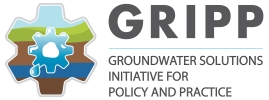

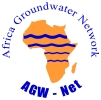

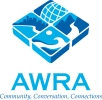


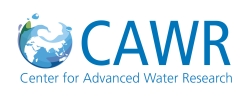










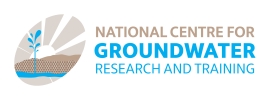










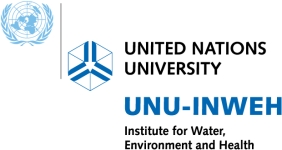

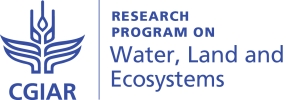

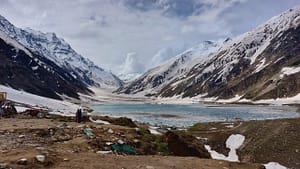




Pingback: The lasting legacy of the RAMOTSWA Project in Southern Africa - GRIPP
Pingback: The RAMOTSWA Project leaves behind a lasting legacy - Conjunctive water management across borders in SADC
Pingback: The RAMOTSWA Project leaves behind a lasting legacy - Conjunctive water management across borders in SADC
Pingback: THe Ramotswa - Conjunctive water management across borders in SADC
Pingback: Official end of the RAMOTSWA Transboundary Aquifer Project - Conjunctive water management across borders in SADC